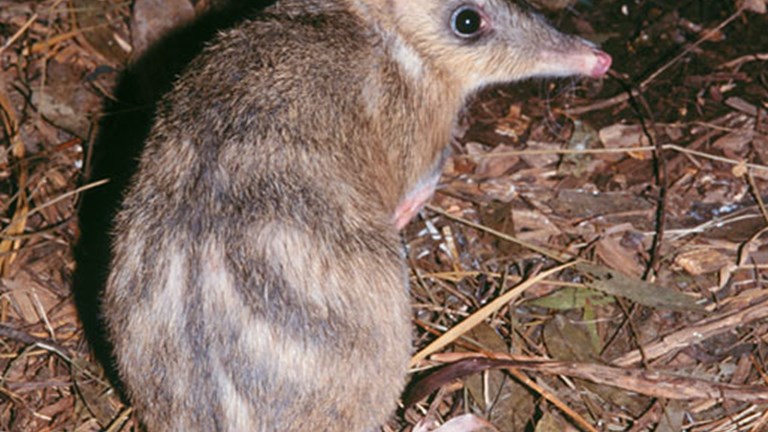
Eastern Barred Bandicoot
Perameles gunnii
Delma impar
Once widespread and even found in Melbourne, Striped Legless Lizards persist in just a few sites in the state as agriculture and housing developments engulf their grassland habitat. They are unable to live in areas where the ground is disturbed by tilling or heavy grazing.
Striped Legless Lizards
Striped Legless Lizards inhabit lowland tussock grasslands in south eastern Australia. There are a few isolated populations in the ACT, New South Wales and Victoria. They are no longer found in Melbourne, but are present in remnant grasslands on the city’s outskirts and in the Western District.
Striped Legless Lizards are sleek, slender reptiles that resemble tiny snakes at first glance. They belong to a family of lizards unique to Australia and New Guinea that is most closely related to geckos. Unlike snakes, they have a fleshy tongue that is not forked, and visible external ears. They also have two tiny flaps that are all that remain of their hind legs. Over time their limbs have evolved into these tiny remnants and the front legs have disappeared completely. The tail is much longer than the body – up to two-thirds of the total length.
The common name comes from the one or more dark stripes along the side of their scaly bodies. Other markings may be black, brown, cream or grey. Striped Legless Lizards forage in dense grass tussocks during the day, and hide in crevices in the ground for protection. They seem to have a small home range and do not travel far. They are inactive during winter.
Female Striped Legless Lizards start breeding at 3–4 years old. They lay a clutch of two eggs in summer, and there is one record of communal nesting (different females laying eggs in the same nest).

Perameles gunnii
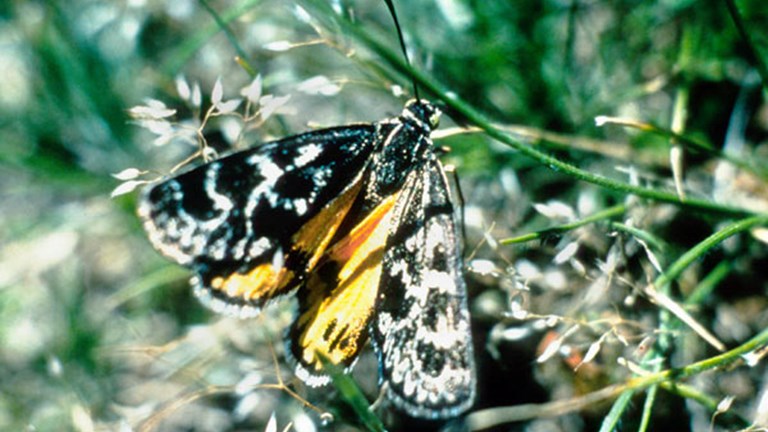
Synemon plana
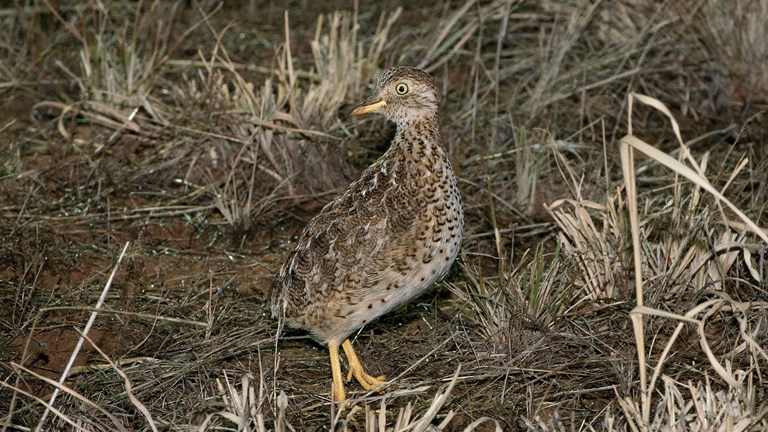
Pedionomus torquatus
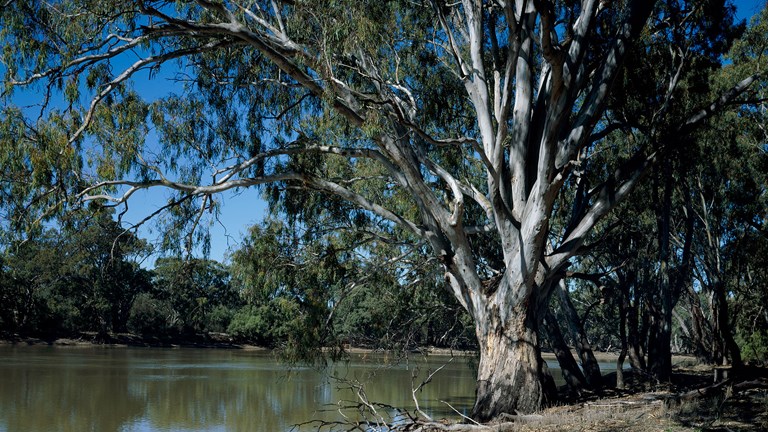
There are many types of dry forests in Victoria including stringybark, red gum, grassy woodlands and the remnants of the once great box–ironbark forests.
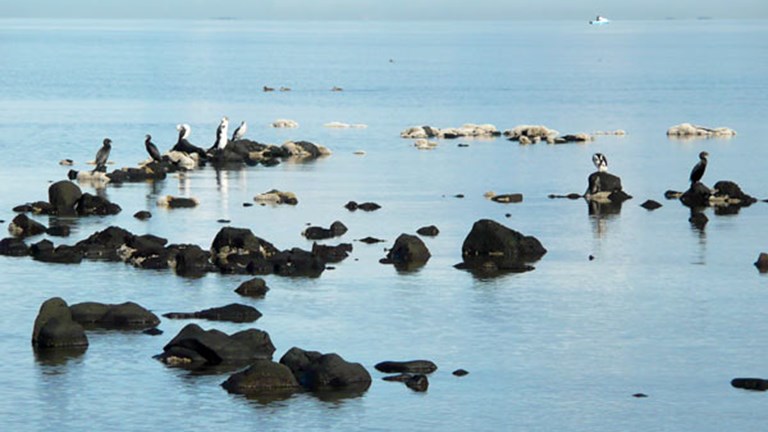
Victoria’s coastal wetlands are significant places for wildlife, with many listed in international conventions to protect the habitat of migratory birds.
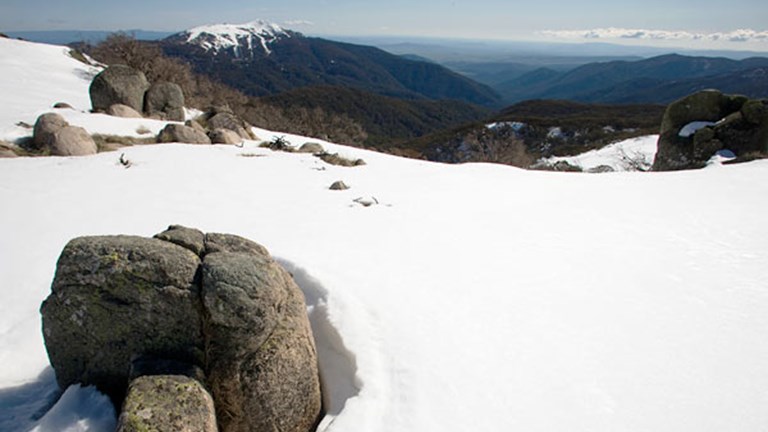
The Victorian Alps extend from the plateaus of Lake Mountain and Mt Baw Baw to peaks such as Mt Feathertop and the headwaters of the Murray River.
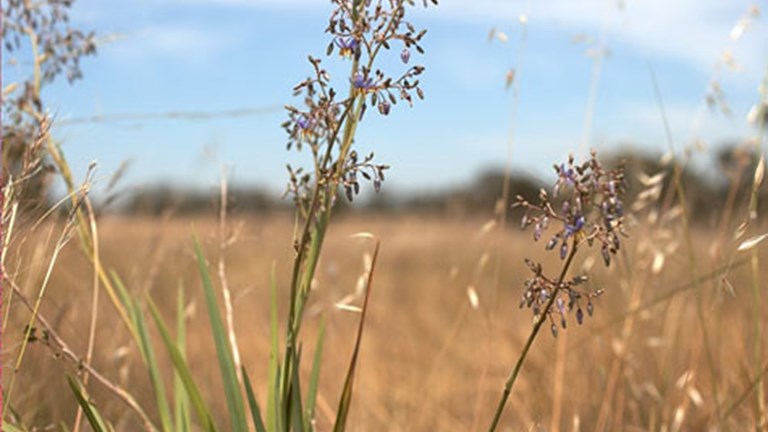
When the first Europeans arrived in Victoria there were grasslands on the vast, undulating western plains, on the northern plains and in Gippsland.
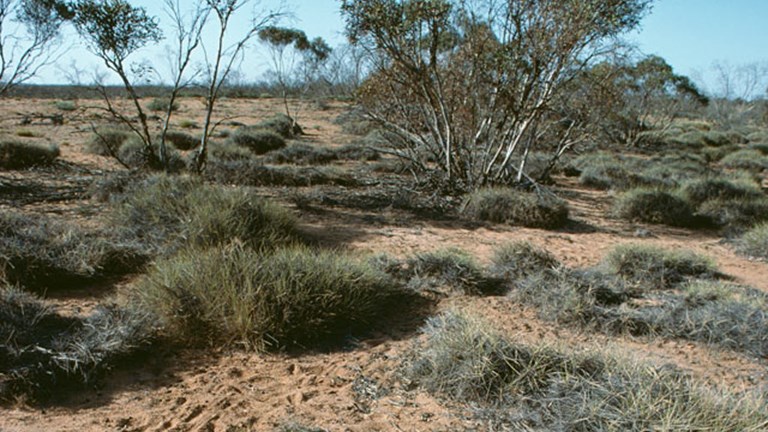
The Victorian Mallee in the north-western corner of the state has a mosaic of vegetation types adapted to low rainfall and sandy soils.
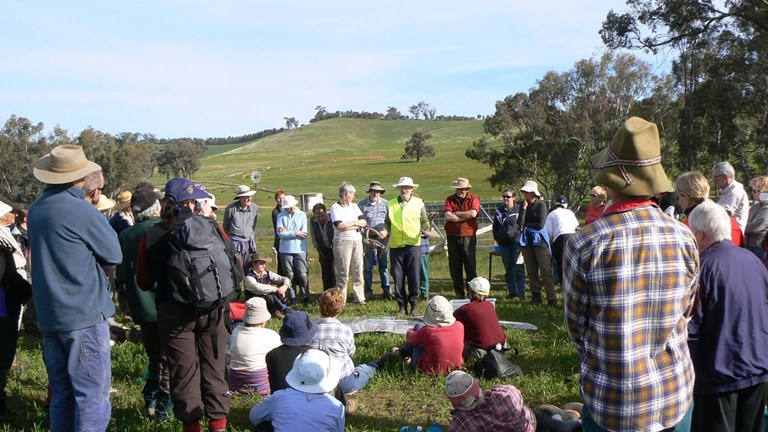
Find out about the issues affecting our special places and the plants and animals that live in them, and discover some ways you can help.
Museums Victoria acknowledges the Wurundjeri Woi Wurrung and Boon Wurrung Bunurong peoples of the eastern Kulin Nations where we work, and First Peoples across Victoria and Australia.
First Peoples are advised that this site may contain voices, images, and names of people now passed and content of cultural significance.